U-2 Retirement Moves Forward With Defense Secretary Decision
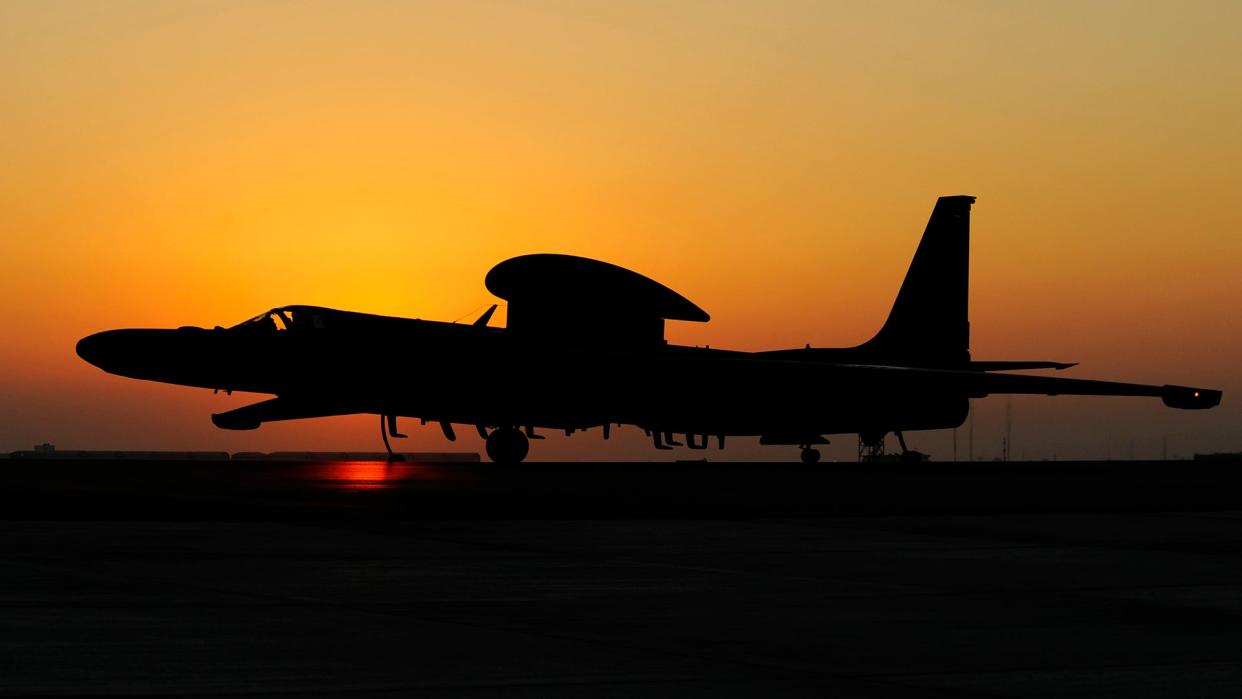
The U.S. Air Force's proposed plans to retire all of its iconic U-2 Dragon Lady spy planes by 2026 have taken a major step forward with U.S. Secretary of Defense Lloyd Austin's signing of a critical waiver to make the controversial move a reality. This mechanism allows the Secretary of Defense to jettison congressional requirements that would ensure the capabilities lost by the end of the U-2 program would be replaced in a cost-effective manner. The Pentagon wants supplant the U-2s with a mix of space-based systems and other assets, widely believed to include one or more advanced, high-flying, classified drones, but it isn't clear when those capabilities will be fully available in sufficient quantities.
A Department of Defense official confirmed today to The War Zone that Secretary Austin had signed the waiver. When exactly the waiver was signed is unknown, but independent aviation journalist and U-2 expert Chris Pocock wrote in an October 12 blog post that the Air Force had told him it was "still in staffing."
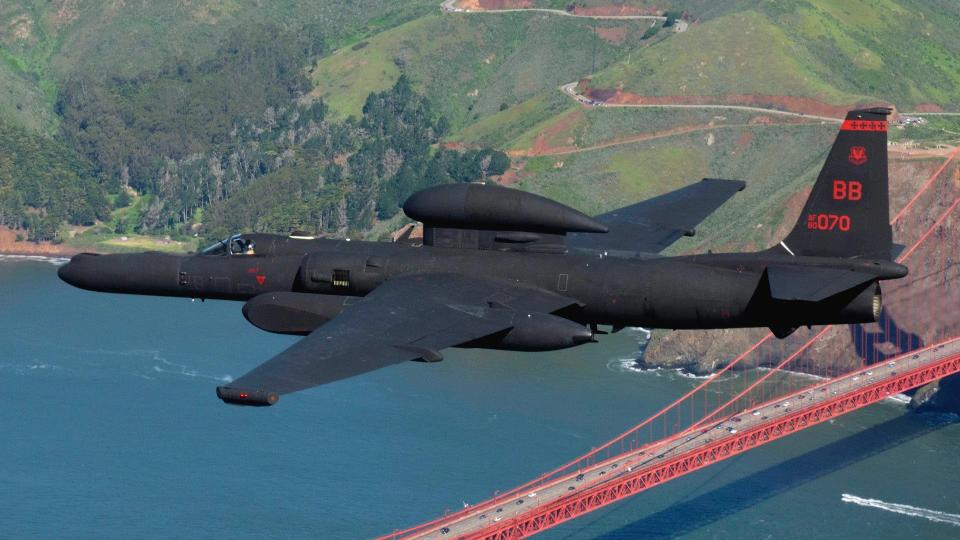
The waiver in question relates to a section in the annual defense policy bill, or National Defense Authorization Act (NDAA), for Fiscal Year 2018. The NDAA for that year includes a provision that says "the Secretary of the Air Force may take no action that would prevent the Air Force from maintaining the fleets of U-2 aircraft or RQ-4 aircraft in their current, or improved, configurations and capabilities" unless certain stipulations are met. The Air Force currently has 27 U-2S aircraft in service, according to official budget documents, a fleet that also includes a small number of two-seat TU-2S trainers.
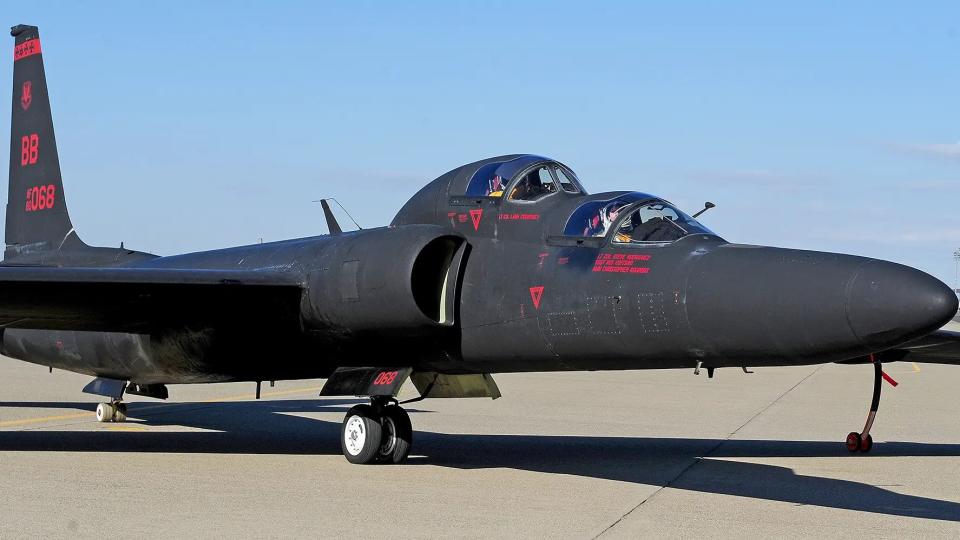
"In the case of the U-2 aircraft," the key demand is that "the validated operating and sustainment costs of the capability developed to replace the U-2 aircraft are less than the validated operating and sustainment costs for the U-2 aircraft on a comparable flight-hour cost basis."
There is also a requirement for "the capability [that is] to be fielded at the same time or before the retirement of the U-2 aircraft ... (as the case may be) would result in equal or greater capability available to the commanders of the combatant commands and would not result in less capacity available to the commanders of the combatant commands."
The relevant section also says that the Secretary of Defense may waive the cost-related requirements if they determine "after analyzing sufficient and relevant data, that a greater capability is worth increased operating and sustainment costs" and provide "a certification of such determination and supporting analysis" to relevant members of Congress.
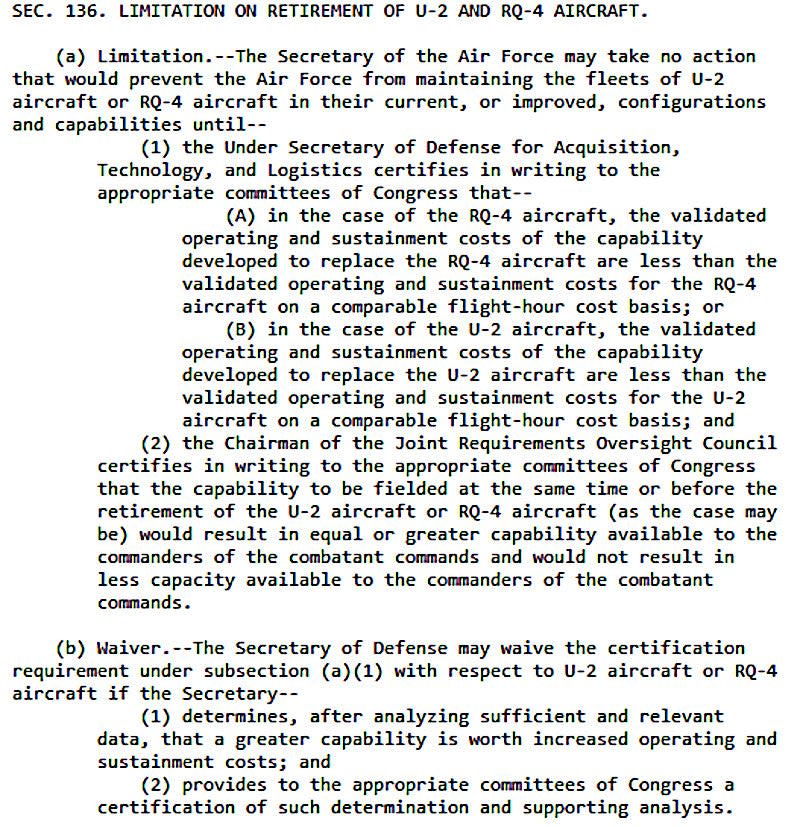
The Air Force separately re-confirmed to The War Zone today that its intended plan remains to retire the entire U-2 fleet by Fiscal Year 2026, which starts on October 1, 2025. An Air Force spokesperson noted that there are no scheduled U-2 divestments currently for Fiscal Year 2024, which began on October 1 of this year.
The goal also remains to retire the last of the RQ-4 Global Hawks by Fiscal Year 2027. The Air Force already plans to divest another Global Hawk in the 2024 Fiscal Year as part of what has now been a years-long effort to shrink the size of this fleet ahead of its expected final sunset.
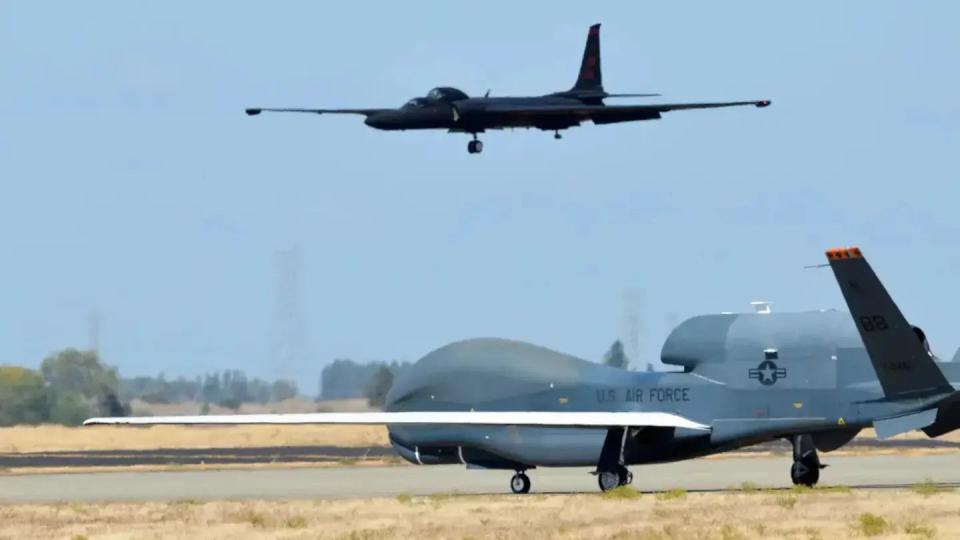
This is hardly the first time the Air Force has attempted to set the schedule for the retirement of the U-2 or the RQ-4. It is worth noting here that Congress could still seek to block the complete divestment of the Dragon Lady fleet, as well as the rest of the Global Hawks, in the future with new legislation, especially if it is not satisfied with the justification accompanying any waiver.
However, "the Department of the Air Force (DAF) must move into the future and begin to field more capable systems that provide decision-quality intelligence throughout competition, crisis, and conflict," the Air Force spokesperson added in their statement today to The War Zone. The Department of the Air Force includes both the Air Force and the Space Force.
"The DAF is developing and investing in various technologies to address critical National Defense Strategy (NDS) priorities focused on Great Power Competition. The DAF plans to invest in more survivable and persistent space-based sensors, along with existing and planned Joint Force assets," the Air Force spokesperson continued. "The ability to win future high-end conflicts requires accepting short-term risks by divesting legacy intelligence, surveillance, and reconnaissance (ISR) assets that offer limited capability against our pacing challenge."
In U.S. military's current stated "pacing challenge" is China.
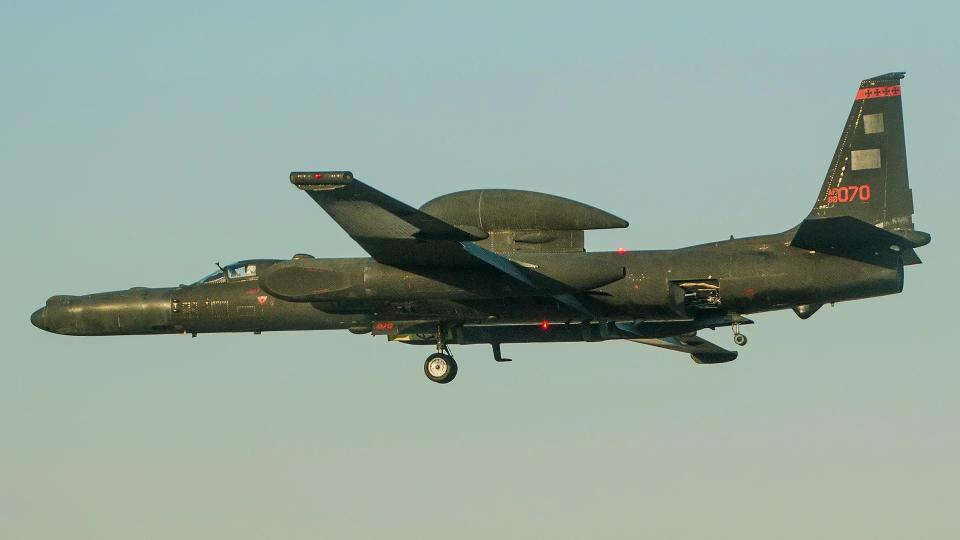
It is no secret that the Department of the Air Force has been placing ever-increasing emphasis on existing and future space-based systems to meet future ISR and other demands as it works to retire various aging aircraft. The Air Force has very publicly highlighted future orbital capabilities as part of its plans to divest the E-8C Joint Surveillance Target Attack Radar System (JSTARS) aircraft, which have been tasked in the past with battlefield management, command and control, and intelligence-gathering missions, as well as its E-3 Sentry Airborne Warning and Control System (AWACS) jets.
The U.S. military now also regularly talks about the importance of larger, distributed constellations of smaller satellites to support a variety of mission sets while also being less vulnerable to the very real prospect of hostile attacks in space. These constellations could potentially provide persistent surveillance that smaller satellite constellations currently cannot, which would put more weight on the case to retire the U-2. But these military-specific distributed constellations are not a reality just yet. In addition, China and other adversaries are already looking at ways to counter them.
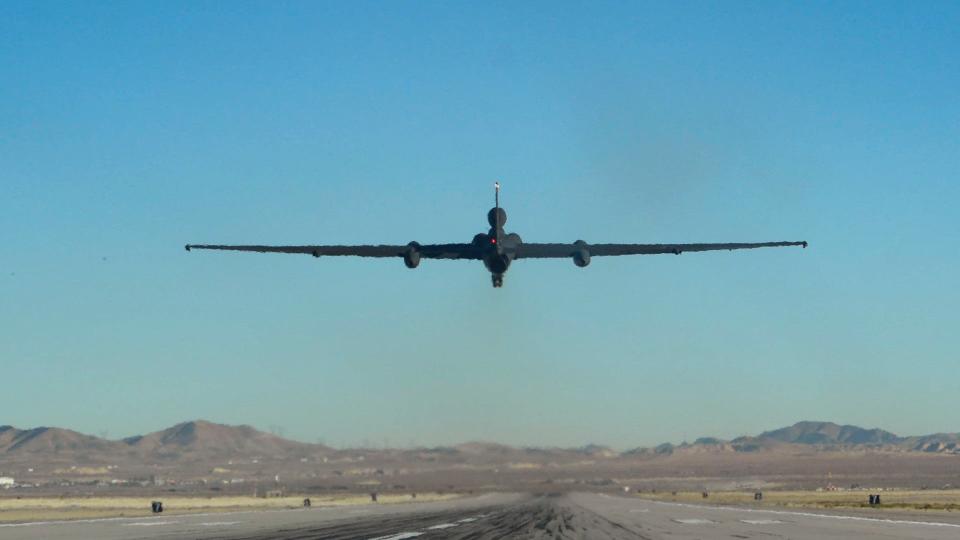
Still, the Air Force has also stressed previously that distributed U.S. military-maintained constellations, bolstered by commercial satellites, will not be able to eliminate the need for various terrestrial capabilities, including long-range and penetrating ISR. Those requirements in turn demand more survivable and otherwise capable aircraft than the Cold War-era U-2s, despite the extensive upgrades to their sensors and other systems over the years, as well as the RQ-4s.
As it stands now, the U-2 and RQ-4, which first entered service in 1956 and 2001, respectively, are the Air Force's highest-flying disclosed intelligence, surveillance, and reconnaissance aircraft. They both also boast very high endurance and the ability to operate with significantly greater flexibility than satellites constrained by their orbits. Their ability to stay on station for long periods of time for continuous surveillance of large areas is among their greatest selling points.
The U-2, in particular, can fly higher than any other operational Air Force air-breathing aircraft that is publicly acknowledged, something that was put on full display when at least one Dragon Lady flew over a Chinese high-altitude spy balloon as it soared across the United States before being shot down earlier this year. On top of that, it has a high degree of modularity that gives it even greater operational flexibility both in terms of ISR capabilities and its ability to perform other missions, including acting as a communications relay and gateway node.
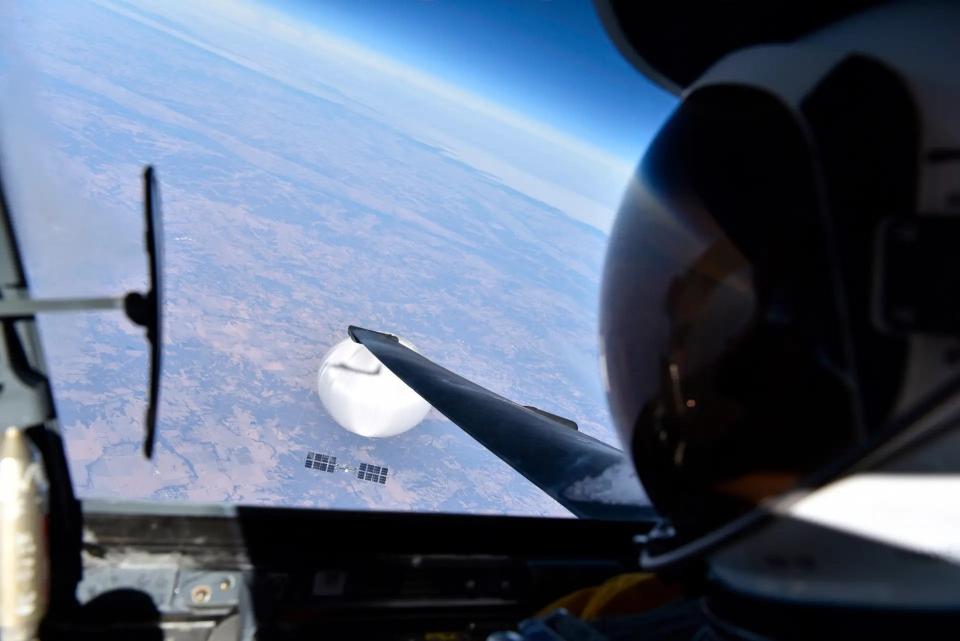
Unfortunately, both the U-2 and the RQ-4 are only becoming ever more vulnerable to air defenses, even those operated by lower-tier adversaries, not to mention near-peer competitors like China or Russia. This point was driven home when Iranian forces shot down a U.S. Navy RQ-4N Broad Area Maritime Surveillance Demonstrator (BAMS-D), a variant of the early Block 10 Global Hawk, in 2019. In a peer-state conflict, there are major concerns that their utility would be greatly degraded as they would still be vulnerable when operating within the long reach of their sensors to potential target areas.
https://twitter.com/mhmiranusa/status/1538890056655675393
Still, beyond a need for more survivability and other advanced capabilities, the Air Force has been very coy in the past about what comes after the U-2 and RQ-4.
In 2014, now-retired Air Force Lt. Gen. Bob Otto, then deputy chief of staff for Intelligence, Surveillance, and Reconnaissance reportedly said that a highly classified high-altitude stealth spy drone commonly referred to as the RQ-180 was one part of that equation. Aviation Week had first reported on the existence of this specific drone, which is said to be a Northrop Grumman design, the year before.

Since then, other senior Air Force officials have publicly made comments about a "penetrating ISR capability" and unspecified classified assets as helping to ensure it will be able to meet its intelligence-gathering demands, even in high-end fights against opponents with dense integrated air defense networks. These are widely viewed as, at least in part, veiled references to the RQ-180. In parallel, there have been growing signs that the RQ-180, and/or variants or derivatives thereof, has been getting close to entering service, if it is not already.
The Air Force has said also explicitly that its future B-21 Raider stealth bombers will also be able to use their mix of advanced capabilities to perform a host of other missions, including ISR. "The B-21 is multi-functional. It can handle anything from gathering intel to battle management," Secretary of Defense Austin said at the Raider's rollout ceremony last year.
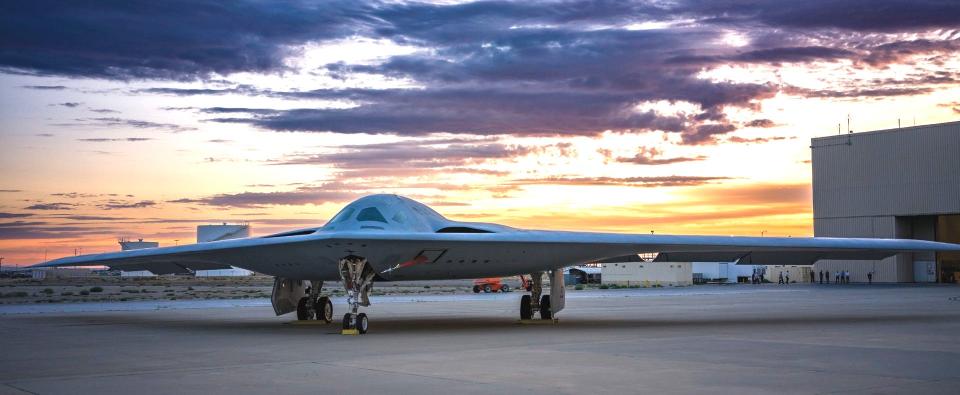
The B-21, another Northrop Grumman product, is understood to have something of a shared lineage with the RQ-180. It is known to be part of a larger Long Range Strike (LRS) Family of Systems, which that drone is likely a central fixture of.
Other classified aircraft may be waiting in the wings, as well. Just recently, a new, but still unconfirmed report emerged suggesting that Lockheed Martin's famed Skunk Works advanced design bureau, has already delivered at least one example of a complement, or even possibly a successor, to the RQ-180. Skunk Works is, of course, the same organization that birthed the U-2, among many other advanced designs.
This follows Lockheed Martin hinting that the fictional Darkstar hypersonic aircraft it helped create for the movie Top Gun: Maverick might be more real than it seemed. The company had previously very publicly pitched an uncrewed hypersonic aircraft, referred to as the SR-72, as both an ISR and strike platform, before all official references to it essentially vanished. SR-72 was a reference to the famous SR-71 Blackbird supersonic spy plane, another design to come out of Skunk Works.
https://twitter.com/LockheedMartin/status/1635000207464120320
Last year, the Air Force awarded a contract to Leidos to design a new uncrewed hypersonic air vehicle that sounds very much akin to the SR-72 concept as part of a secretive program called Mayhem.

What we do know now for sure that is the Air Force is currently planning to have the entire U-2 fleet out of service by 2026. This would be the final divestiture of what has been proven to be an indispensable capability for the better part of a century. Moreover, the service and the Office of the Secretary of Defense are apparently confident that they have a compelling enough case for doing so, with a mix of space-based and other assets, to bring to Congress now. Or, they are going to make the case that the risks posed by major capability gaps between when these new systems are fully operational and the U-2's retirement are necessary.
If major gaps exist under this plan, the timing may prove troubling as the U-2's now-planned retirement comes right in the time frame where the DoD and many others think China is most likely to act militarily to take back Taiwan. During such a conflict, strategic ISR will be a critical factor in successfully defending the island or not. It's also worth noting that U-2s are tasked with many missions all over the world that do not require a penetrating capability.
Regardless, the U-2 community is likely facing its end once again, and this time certainly seems different than previous attempts to cull it in the past. The USAF is taking on major risk in terms of force structure for what it defines as a need to be prepared for a peer state conflict, specifically with China. Now the big question is what or what doesn't the service truly have up its sleeve that will convince Congress that the U-2 truly needs to fly off into the sunset. With today's news, we will now likely to find out sooner rather than later.
Contact the author: joe@thedrive.com

